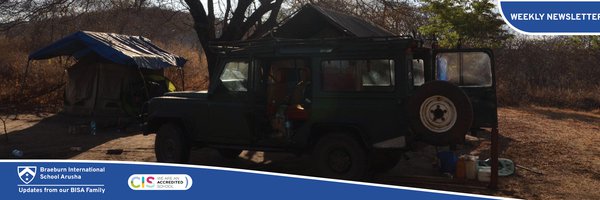
Yr 7 explore the Kondoa Caves
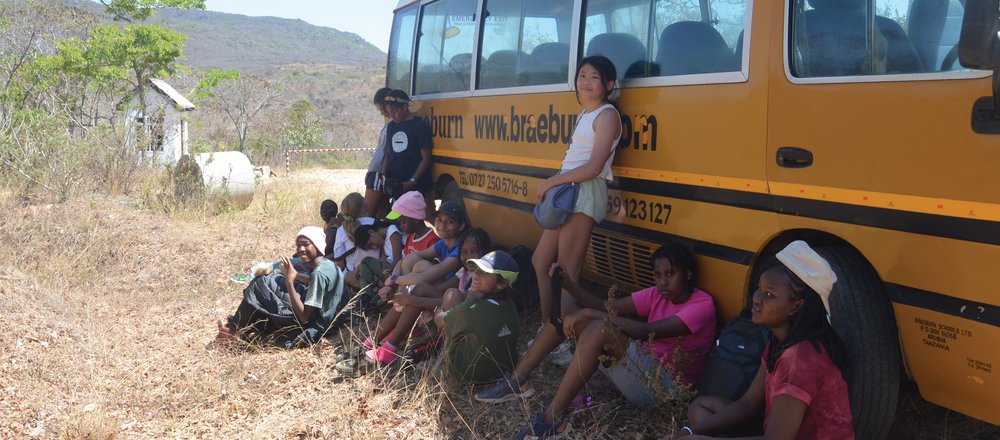
4th November 2022
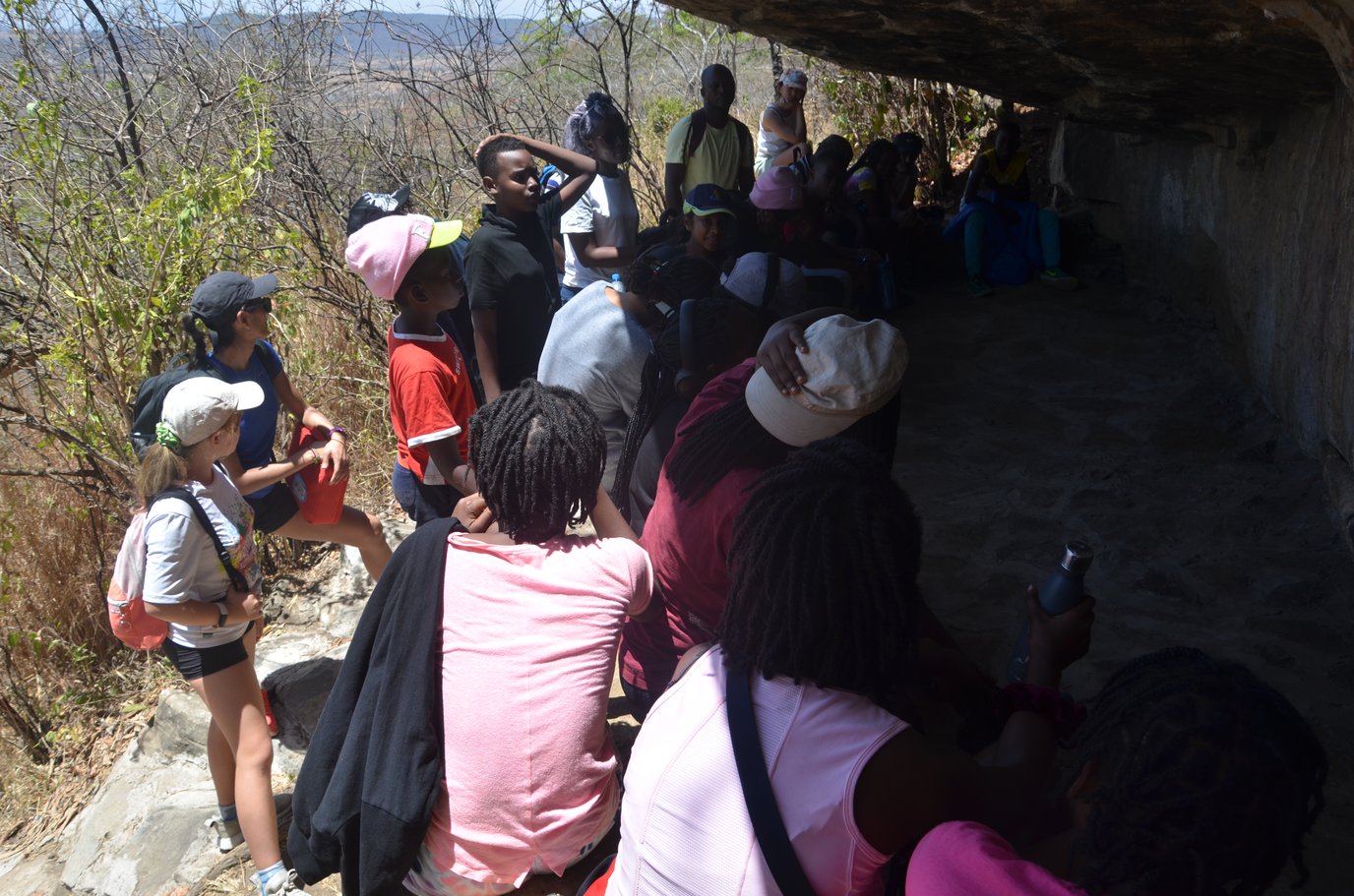
26th-28th October, 2022
The Yr7 visit to the Kondoa Caves offered the students the opportunity to see, firsthand, how our ancestors in this area over 6,000 years ago reflected what was important to them. The visit was aimed at helping them to consider whether and how important the Kondoa Rock Art is for our understanding of our human past and the sophisticated art so-called primitive peoples were able to produce.
It was also a chance for the students to fulfill part of their Dragon award during an expedition which included walking 15km over two days, being encouraging and positive and supportive of the group even when they were tired, hungry and thirsty, helping to put up and take down their tents, taking part in team building activities around the campfire and maintaining the camp litter free during our stay.


Preparations for the trip began the week before when the whole group practised putting up the tents in the school grounds and checking to see if there were any defects with the equipment. Following this, we booked in two cooking sessions in the food tech room, and with some help from Ms. Kadesha, they cooked a Chickpea curry and a Spaghetti Bolonguese to take with us for our two evening meals as there would be nobody at the camp to prepare food for us. This was a big part of the challenge as we had to take all our vittals and drinking water with us as there would be none available at the camp.
On the first day, students arrived for registration, and then we went straight to the bus to load up all our baggage and equipment. The journey took nearly five hours heading south towards Dodoma over a distance of about 230km. Everyone was relieved to get to the camp and stretch their legs before setting up camp and beginning the preparations for dinner. There was limited light available in the kitchen and dining room so it was a race against the setting of the sun to get everyone fed, watered and the washing up done before dark. It was pleasing to see everybody mucking in and students asking unsolicited if they could help with anything, thus the phrase less of I and me and more of we was born.

The next day we all woke early around six to see a surprisingly cold, overcast sky and only a sliver of orange on the horizon to signify daybreak. With breakfast done, we were keen to get an early start on the walk to the caves as we knew the colder weather wouldn’t last and the daytime temperatures would quickly rise. We took the bus to the ticket office and museum, picked up our guide, and then drove back to the park entrance. Armed with sunglasses, sunscreen, water and sun hats we began our 15km trek to the three sites of early Kondoa art. The sun quickly began its work of diminishing our water supply but with two rest stops along the way and not a little effort, we reached a large sign informing us that we were at the beginning of a 90-minute trek to see the three sites. What lay ahead was a fairly arduous climb into the hills to the remote spots our ancestors had elected to dwell in all of 6,000 years before, countless generations being connected from past to present by the existence of an ancient artform. To give that some context, the paintings are at least a 1,000 years older than Stonehenge, one of Britain’s oldest signs of prehistoric life; they are at least 1,200 years older than some of the ancient pyramids of Egypt and are some 3,000 years older than the most ancient Chinese dynasty, and so it is fair to say that an artistic culture and civilisation has existed in Tanzania for a very long time.
The guide described the different components of the drawings pointing out the elongated human characters and numerous animals composed on the walls and what they revealed about the beliefs and lifestyle of these early people. Different generations had lived and painted these scenes using a combination of natural earth pigments and animal fat as a binder. Despite the rudimentary materials available to them, the drawings showed great delicacy, accuracy and nuance in their depictions and even showed how hunters would disguise themselves with ostrich feathers in order to get closer to the animals they hunted.
The climb to the second site was the most demanding as it was a winding, uphill path that didn’t seem to end, but once there, the view was its own reward of both the prehistoric art and the surrounding vista which I imagine had not changed considerably since the time of our ancestors.
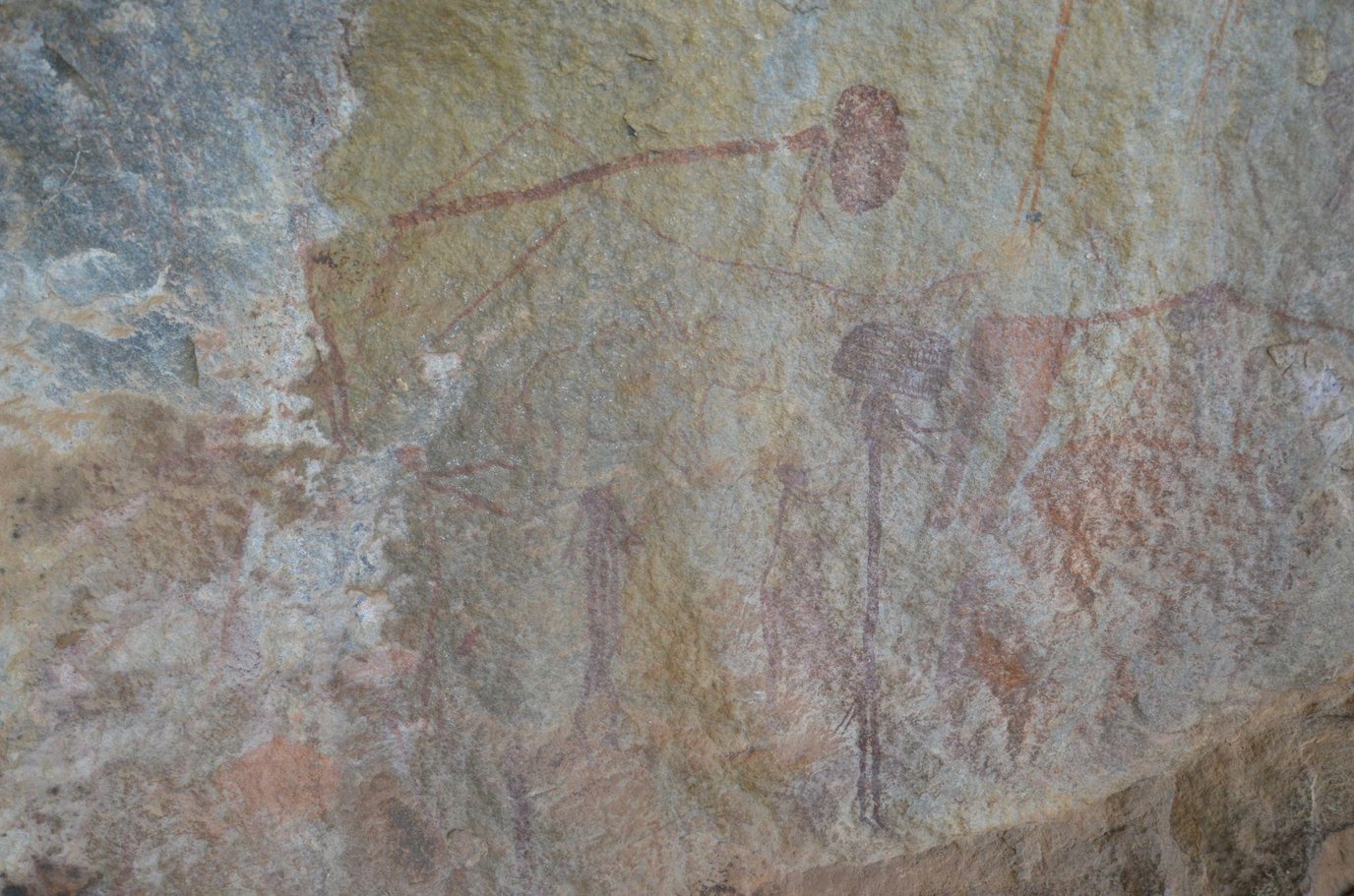
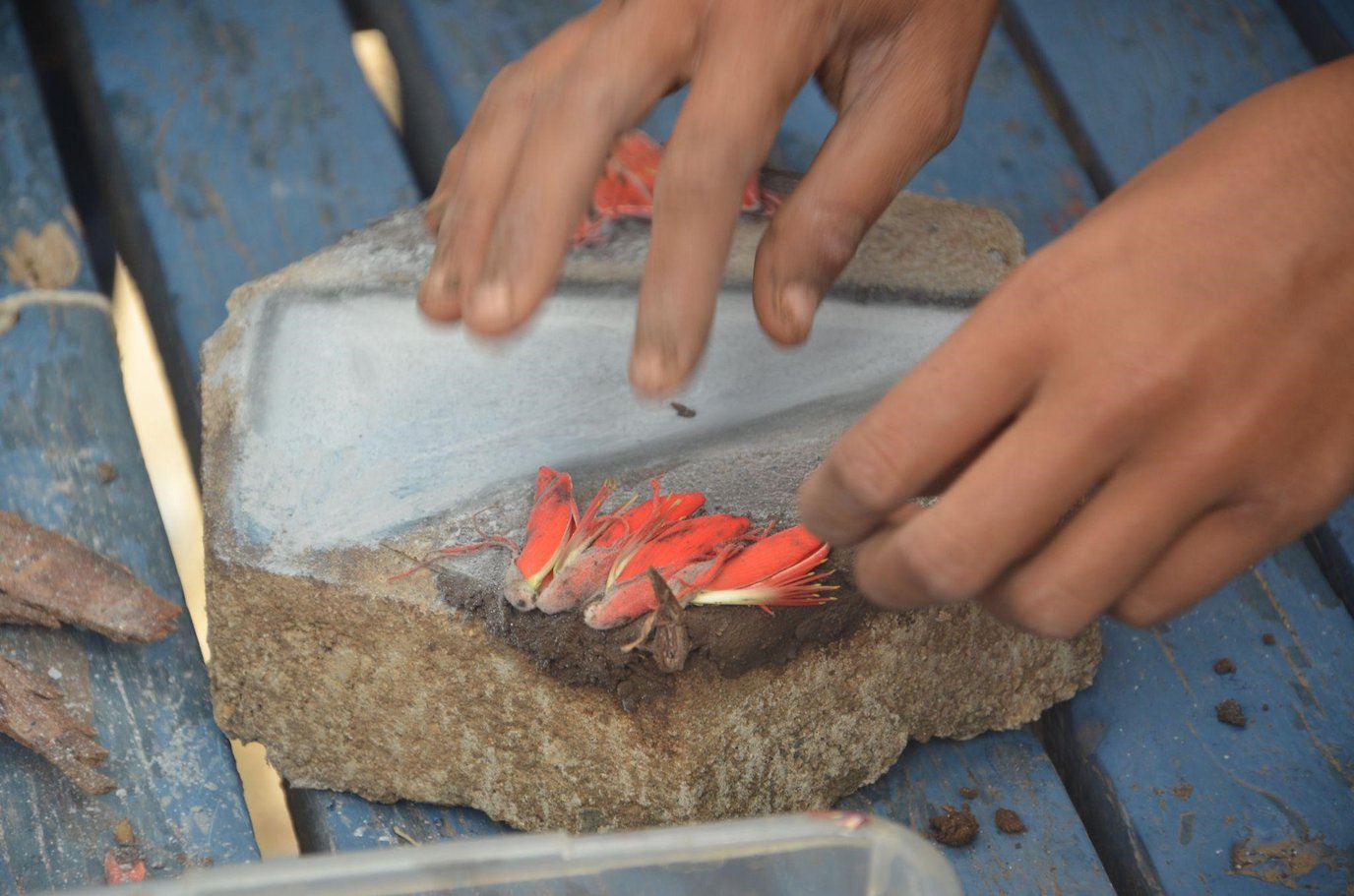
The climb down brought us some relief as we wearily headed back the long trek to the bus, and when we finally returned to the camp to rest, to drink copious amounts of water, and to eat dinner, we gratefully made preparations for the night with another campfire, spooky stories and toasted marshmallows before gratefully falling asleep beneath the night sky and a million stars.
The next day we were up early again to have breakfast and clear up the camp before our return to Braeburn.
Overall, I would say it was a very challenging trip as the camp had limited facilities and the students had to be really resourceful, practical, tough and show much more independence than they would have visiting somewhere like Zanzibar where everything is laid on.
As a follow up, we have had an art lesson going into the school grounds and the students have made temporary art works using only what they could find in nature.





